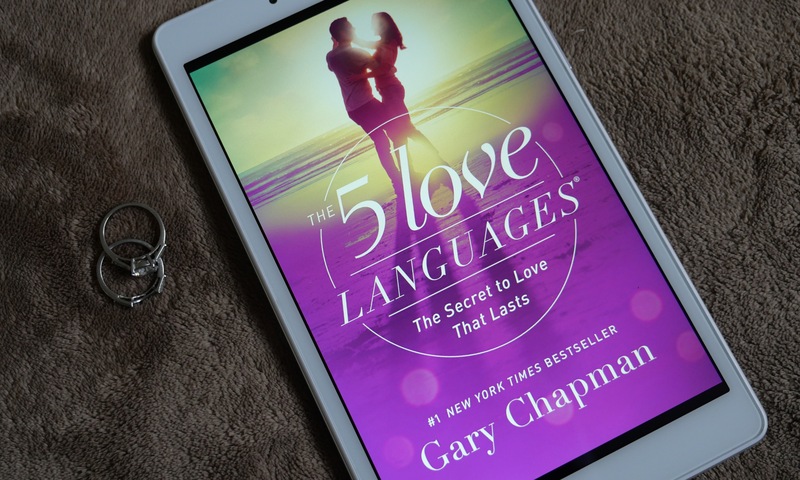“The 5 Love Languages” - Book Review

“The 5 Love Languages” by Gary Chapman is a book that was published in 1992 and has continued to become even more popular over time.
This book teaches that each one of us interprets love differently. Each of us needs to feel loved, but the actions we associate with love are different (our love language). As a result it is easy for two different people to believe that they are showing love to each other, but at the same time not feel like they are receiving love from each other. For example if you feel that a hug is a great expression of love and your spouse feels like doing the dishes is a great expression of love then it is easy for both of you to misinterpret what your spouse is doing. They are doing the dishes to show they love you but you just think that is housework. You are giving them hugs, but they feel that is almost unimportant and if you really loved them you would help with the dishes. As a result we need to learn our spouse’s love language so we can effectively communicate our love to them.
Chapman categorizes the wide variety of different ways each of us feel love into 5 groups or love languages: words of affirmation, quality time, receiving gifts, acts of service, and physical touch. The book devotes a chapter to each one of these languages.
Chapman goes on to discuss how important it is to love our spouse in their love language. In order to so we first we need to figure out what their love language is. This may be harder than it sounds especially if our spouse doesn’t even know (or at least may not recognize it as such). The book outlines various tools and exercises to help with this discovery. Once we understand what our spouse’s love language is then we need to learn to become fluent in that language. For example if we aren’t someone who naturally likes to buy and give gifts, but that is our spouse’s love language, then it is going to take some effort on our part to become comfortable and good at doing so.
We may think something like “My spouse should just accept me for who I am. They know that I don’t like spending money on gifts, I show my love in other ways.” The problem with this is that love is hard work, if we just do what is easy for us, that isn’t really love. How we really show love is by being willing to put in effort for our spouses benefit.
As the book says “[R]eal love... is emotional in nature but not obsessional. It is a love that unites reason and emotion. It involves an act of the will and requires discipline, and it recognizes the need for personal growth. Our most basic emotional need is not to fall in love but to be genuinely loved by another, to know a love that grows out of reason and choice, not instinct. I need to be loved by someone who chooses to love me, who sees in me something worth loving. That kind of love requires effort and discipline. It is the choice to expend energy in an effort to benefit the other person, knowing that if his or her life is enriched by your effort, you too will find a sense of satisfaction—the satisfaction of having genuinely loved another.”
Along with all the really good points this book makes we felt there were at least two places that people may misinterpret what is being taught and maybe larger warnings could have been added.
First. People love personality tests, and our love language is very similar to a type of personality test. This type of classifying ourselves can help us feel like we belong, better understand ourselves, and make it easier to explain ourselves to others. The danger with this is that once we categorize ourselves we can easily convince ourselves that that is who we really are. “I am someone who loves the color green.” So when we see two beautiful dresses we just decide that the green one is prettier because “that is who we are”. This can limit what we are willing to try and who we are willing to be in the future. People are massively multifaceted and unique, none of us fit into nice little buckets that completely explain who we are. As a result use this book to better understand who you currently are but don’t let it confine who you can be in the future.
If you are enjoying this article… buy our book!
"A United Marriage: 5 Biblical Principles to Ponder"
Second. This book talks a lot about our emotional “love tank” and that we can fill our spouse’s love tank by loving them in their love language. We think this is a great metaphor in a lot of ways but beware of the temptation to use this as an excuse. “I can’t love my spouse until they are doing more to fill my love tank or because my love tank is empty”. This excuse leaves a relationship stuck, neither person willing to be the first to make repairs to the relationship. (Note that the last chapter speaks specifically about this.)
Overall this was an excellent book and we highly recommend it. We think it works well to read by yourself, and we think it works even better if you read it with your spouse. If you are willing to put in the effort to improve your relationship we think this book can be an excellent guide for your journey.
Did you enjoy this article? Share it with your friends:
